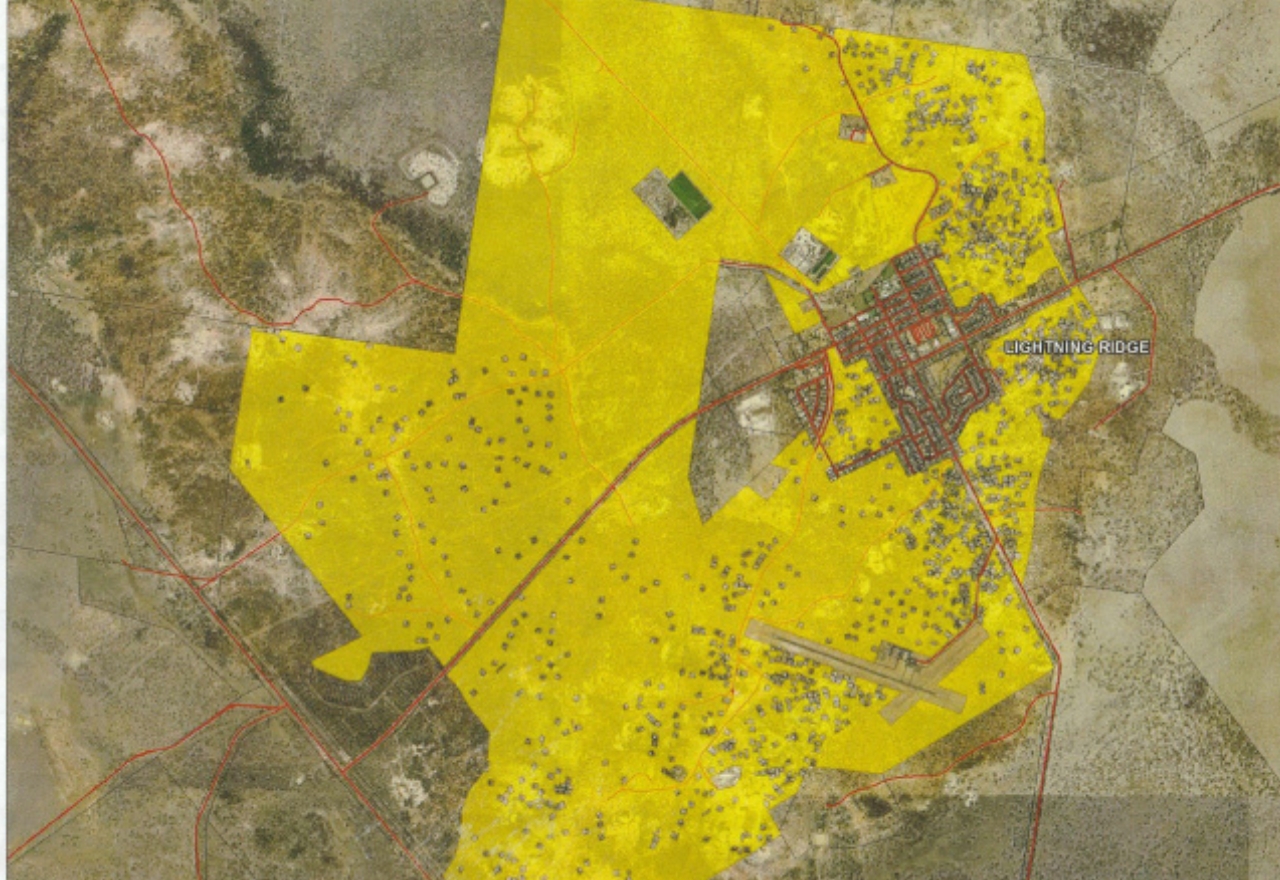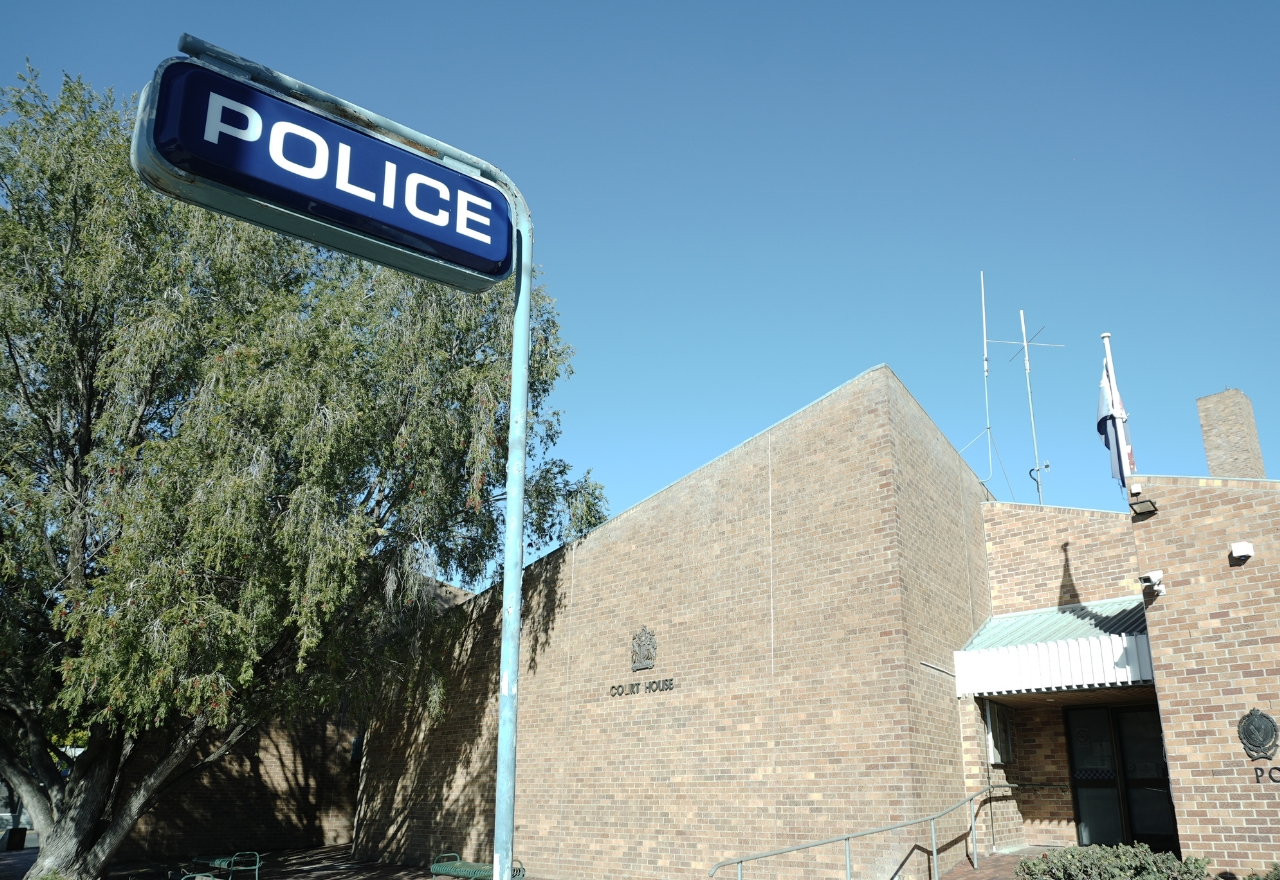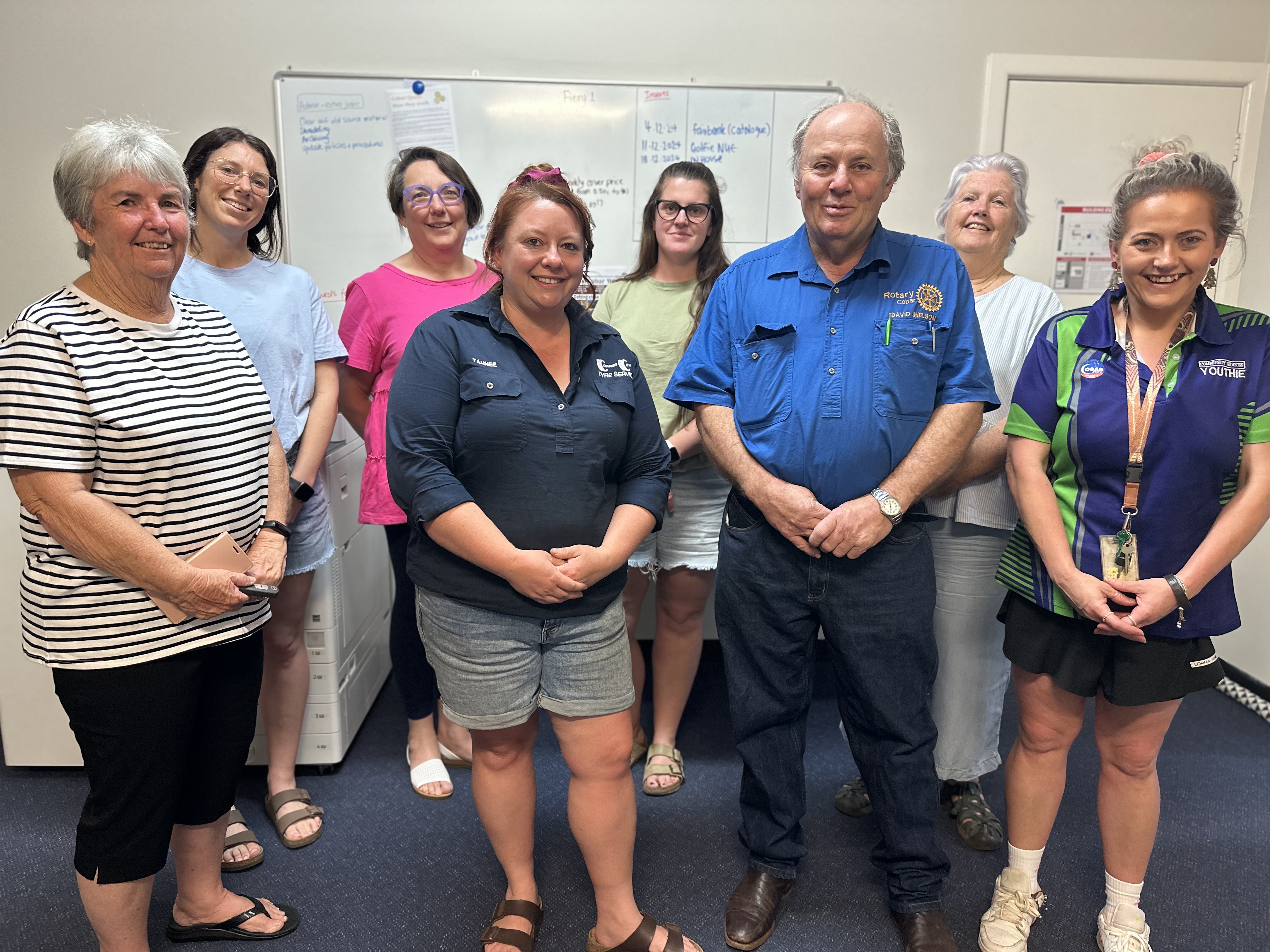Opal reserve funded to tackle destructive cactus
River McCrossen
29 June 2025, 3:40 AM
 The Hudson pear has infested the Lightning Ridge area since at least the 1960s. IMAGE: Royce Holtkamp NSW Department of Primary Industries
The Hudson pear has infested the Lightning Ridge area since at least the 1960s. IMAGE: Royce Holtkamp NSW Department of Primary IndustriesThe Lightning Ridge Opal Fields Reserve has secured more than $135,000 from the NSW government to tackle noxious weeds and pest animals.
Just over $100,000 will fund control of cactus weeds like Hudson pear, which can pierce tyres, native animals and opal miners with its spines.
The rest will go towards delivering a pest management plan for animals like feral pigs, foxes, goats and Indian myna birds.
Local miners say the noxious Hudson Pear is a vicious weed that is extremely difficult to deal with.
"They've got a barb on them and it's a hell of a job to pull them out," Lightning Ridge opal miner Col Hundy said.
"If you fell into a batch of them, they'd have to be careful getting you out. They would have to fly you to Sydney to get all the sh*t off you.
"They're that bad."

The opal reserve around Lightning Ridge. SOURCE: NSW government
Originally from Mexico, the invasive species was first detected in the Lightning Ridge area in the 1960s.
It can spread when segments break off and make contact with the ground.
They travel when their white spines stick into tyres and animals, and are capable of destroying grazing land.
“Controlling noxious weeds and pests also reduces the likelihood that they will spread to neighbouring areas,” Barwon MP Roy Butler said.
“This is a welcome announcement as it allows the work that is currently occurring to continue, but I would like to see an increase in funding that would allow the effort to grow, too."
Government officials hope the funding will help protect lands for recreation, farming and mining.
However, Mr Hundy said herbicide spraying should not be used for control.
He favours burning and physical removal.
"If you go and spray them, it's pretty hard to see what's dead and what's not," Mr Hundy said.
"If you make a physical sweep over and one does come up, you're going to see it, so you'll get him. It's very simple."
Most NSW Hudson pear is found around the Lightning Ridge, Grawin and Glengarry, Cumborah areas, although they have also been reported in the Central West, Hunter and Greater Sydney regions.
It's estimated that the cactus has infested around 60,000 to 100,000 hectares in NSW, according to the state government.




